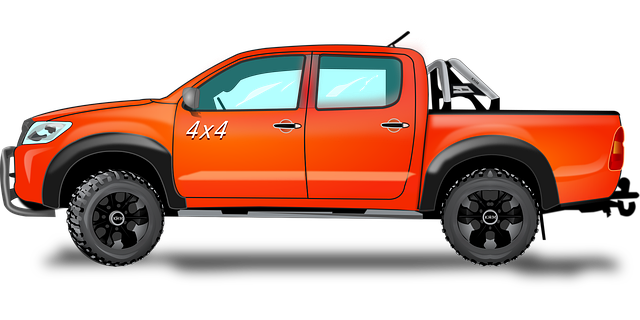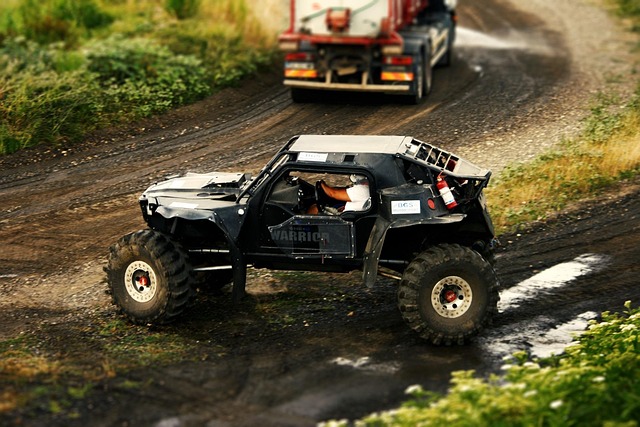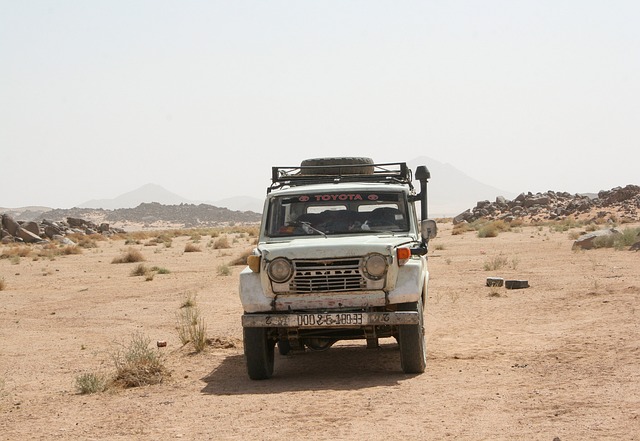In Brownsville, 4×4 shackles – once tools of restraint – have evolved into essential parts, empowering outdoor enthusiasts and commercial vehicle owners alike. These versatile mechanisms enhance vehicle capability, securing trailers and accessories. Beyond their practical use, shackles carry historical weight, transforming from symbols of bondage to marks of freedom and individuality in the local community. As Brownsville overcomes societal challenges, its residents mirror this transformation, advocating for change and fostering an inclusive, equitable future through collective action.
Shackles, a term laden with historical weight, encompass mechanisms designed to bind, restrict, or control movement. This article delves into the multifaceted world of shackles, tracing their evolution from ancient tools to modern 4×4 parts available in Brownsville and beyond. We explore diverse types, their varied uses throughout history, and societal efforts to break free from restrictive shackles today. Uncover the surprising tapestry of this age-old hardware.
- Unlocking the Concept: What are Shackles?
- The Historical Perspective: A Journey Through Time
- Types and Uses: From Ancient Times to Modern Applications
- Breaking Free: Overcoming Shackles in Society Today
Unlocking the Concept: What are Shackles?

Shackles, often overlooked yet integral to various industries, are a type of 4×4 parts found in Brownsville and beyond. They serve as powerful mechanisms that bind, secure, or restrict movement, making them essential tools for heavy-duty applications. From construction sites to off-road adventures, shackles play a crucial role in ensuring stability, preventing damage, and enhancing safety.
In the context of 4×4 vehicles, these parts are particularly vital, enabling secure attachment of trailers, winches, or other accessories. Brownsville’s thriving automotive scene offers a wide array of shackle options, catering to diverse needs from rugged outdoor enthusiasts to commercial vehicle owners. Understanding shackles’ functionality and availability in local 4×4 parts stores is key for anyone seeking to enhance their vehicle’s capability and versatility.
The Historical Perspective: A Journey Through Time

Shackles have a rich and complex history that spans centuries, reflecting societal changes and advancements in technology. Historically, shackles were often used as tools for restraint and control, particularly during the era of slavery where they became an iconic symbol of oppression. These metal chains, with their intricate designs, were crafted from various materials such as iron or brass, reflecting the craftsmanship and ingenuity of the time. Over the years, as societies evolved and moral perspectives shifted, shackles began to represent more than just physical restraint. They evolved into 4×4 parts in Brownsville, symbolizing resistance, rebellion, and ultimately, liberation.
In the context of 4×4 vehicles in Brownsville, these sturdy metal components are not merely functional accessories but hold a deeper historical significance. The city’s diverse cultural heritage has influenced the customization of these vehicles, leading to unique modifications that blend traditional shackle designs with modern aesthetics. These 4×4 parts serve as a testament to the resilience and resourcefulness of the community, transforming a symbol of bondage into a mark of freedom and individuality in the modern era.
Types and Uses: From Ancient Times to Modern Applications

Shackles, an ancient device with a rich history, have evolved from their early use as tools of restraint to becoming essential components in various industries today. In ancient times, shackles were primarily crafted from iron or steel and served as a means of binding and securing prisoners, slaves, or even war captives. These heavy-duty chains, often linked together, allowed for the control and movement of individuals with limited mobility.
As technology advanced, so did the applications for shackles. In modern times, they are widely utilized in construction and automotive industries as crucial 4×4 parts in Brownsville and beyond. Today’s shackles come in various types, each designed for specific purposes: from heavy-duty steel chains used for securing cargo on trucks to lightweight, yet robust options suitable for specialized equipment. Their versatility has made them indispensable, ensuring safety and stability across different sectors.
Breaking Free: Overcoming Shackles in Society Today

Breaking Free: Overcoming Shackles in Society Today
In today’s digital era, it’s essential to recognize that many individuals still face societal shackles that hinder their progress and well-being. These 4×4 parts in Brownsville, a vibrant community within our metropolis, illustrate the persistent nature of these barriers. From economic disparities to systemic discrimination, these chains limit access to opportunities, education, and resources crucial for personal growth. However, just as a 4×4 vehicle navigates challenging terrain, so too can individuals and communities break free from these shackles.
Through collective efforts, grassroots initiatives, and innovative solutions, folks in Brownsville are revolutionizing their landscape. They’re fostering a symphony of change by advocating for equal access to quality education, healthcare, and employment opportunities. This metamorphosis isn’t just about transforming individual lives; it’s about creating a more inclusive and equitable society. As previously mentioned, breaking free from societal shackles requires navigating a complex labyrinth, but the indelible impact of these efforts promises to enhance and empower the community for years to come.
Shackles, once instruments of restraint, have evolved into metaphors for societal barriers. From their historical roots as 4×4 parts in Brownsville, to modern applications beyond our imagination, understanding these constraints is the first step towards freedom. By recognizing and addressing the various types and uses of shackles today, we can collectively work towards breaking free from oppressive systems, fostering a more inclusive and liberated society for all.
